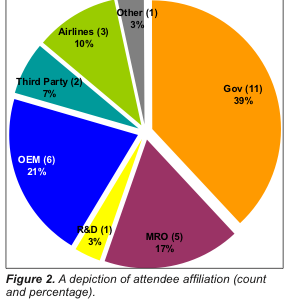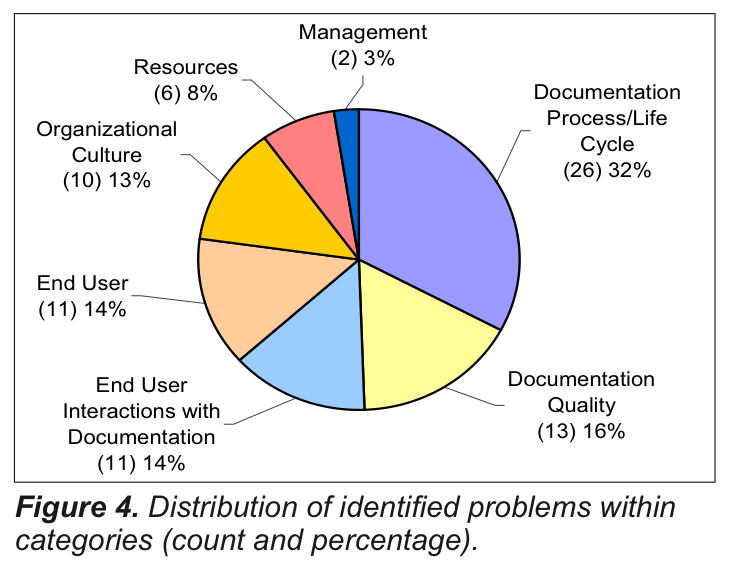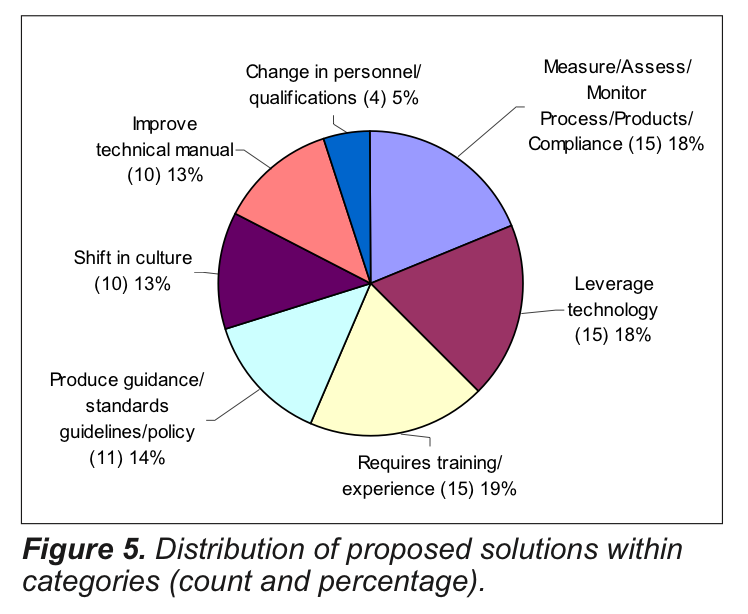FEDERAL AVIATION ADMINISTRATION
Section 1.0: Workshop Proceedings
1.1 Background on Technical documentation Issues
“The technicians failed to follow the written procedures …”
This statement is often found in descriptions of minor maintenance errors in National Transportation Safety Board (NTSB) reports of major aircraft accidents. Written procedures refer to a variety of manufacturer publications, specific company job cards, or the rule in Code of Federal Regulations (CFR) 14 Part 43 Section 43.13(a) entitled, “Acceptable Methods, Techniques, and Practices – Aircraft Inspection and Repair.” The rule states that:
…each person performing maintenance, alteration, or preventative maintenance on an aircraft, engine, propeller, or appliance shall use the methods, techniques, and prac- tices prescribed in the current manufacturer’s maintenance manual or Instructions for Continued Airworthiness prepared by its manufacturer, or other methods, techniques, or practices acceptable to the Administrator…” The rule is clear: Use a manual for all work. It should be easy, but it is not straightforward. Figure 1 represents the volume of manuals or data delivered to operators of multiple aircraft types in support of in-service operations and maintenance. Even carrying the documentation for a single task may become unwieldy when maintenance is performed in a restricted space or at night on the ramp. While the pile of paper could be very high, most airlines receive and use the majority of their documentation in digital format.
The rule is clear: Use a manual for all work. It should be easy, but it is not straightforward. Figure 1 represents the volume of manuals or data delivered to operators of multiple aircraft types in support of in-service operations and maintenance. Even carrying the documentation for a single task may become unwieldy when maintenance is performed in a restricted space or at night on the ramp. While the pile of paper could be very high, most airlines receive and use the majority of their documentation in digital format.
The volumes of documentation make it easy to understand how documentation problems compound in Maintenance, Repair, and Overhaul organizations (MROs) where each aircraft must be maintained by maintenance documentation specific to the aircraft owner and registry number. This means that an MRO is likely to have different work instructions for each aircraft in the shop, even though they are the same type of aircraft. Most air carrier operations supplement manufacturer’s manuals with company instructions, checklists, job cards, and more; and some companies use computer-based maintenance documents with varying degrees of user friendliness.
The maintenance documentation issues extend to the smaller general aviation (GA) aircraft and to all aircraft components but can manifest in different ways. GA operators often lack some of the standardization and documentation that is required in air carrier operations.

Read full report (PDF) here: Technical Documentation Challenges in Aviation Maintenance
About the FAA
www.faa.gov
“Our continuing mission is to provide the safest, most efficient aerospace system in the world…We strive to reach the next level of safety, efficiency, environmental responsibility and global leadership. We are accountable to the American public and our stakeholders.”
Tags: FAA, Federal Aviation Administration, Technical Documentation Challenges in Aviation Maintenance, Workshop






 RSS Feed
RSS Feed